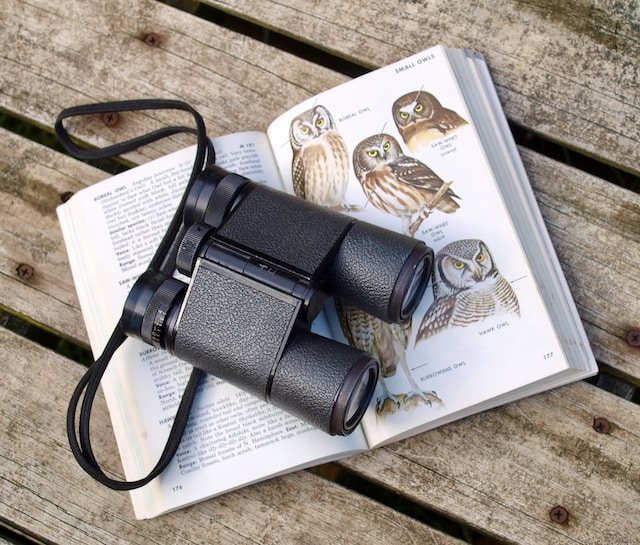A spotting scope is more than just a larger version of binoculars. It also features image-erecting prisms that flip an upside-down and backward image into one that’s normal to the eye. They’re typically light and compact, tough little telescopes that can be easily carried to and set up in the field. They come in either straight or angled viewing configurations.
Stability
Stability is important for birders relying on their spotting scopes Canada for photography. A spotting scope’s lens is much longer than the lenses in binoculars and, therefore, has more potential for vibration or image shake, which could blur a photo. Most spotting scopes require a tripod for maximum stability; however, some spotting contents are available with built-in image stabilization systems for easy handling and weight savings. A wide field of view is also crucial when observing fast-moving birds such as water birds, raptors and shorebirds. Many birders add a teleconverter between the camera and lens to increase the magnification factor for a better view. However, these teleconverters can reduce the lens’s maximum aperture, which may minimize light-gathering ability.
Visualization
Birdwatching, or birding, is an activity that can be practiced almost anywhere. Some birders travel extensively, but others can enjoy the sport with only a little gear. Even a pair of binoculars can be helpful, although many newcomers appreciate that birding requires more than just sight: hearing is important, too. Knowing avian calls can help you recognize a male Northern Cardinal versus a female or a molting House Finch from a healthy, full-grown one.
Focus
While birders traditionally rely on binoculars to observe their quarry, the rise of digital photography has introduced many a new generation of enthusiasts to the magic of long-lens observation. A simple teleconverter can extend a standard camera lens to a magnification equivalent to binoculars. This allows users to spot a rare species and then capture it for archival purposes or share it on social media websites. For a beginner, locating a bird with such a powerful zoom can be disorienting. But once users hone in on a specific bird, the autofocus feature of most digital cameras will help them stay on target. The tracking software uses color and shape information to identify a subject, then automatically locks in on it as it moves within the frame. This feature is especially helpful when capturing a moving target, such as a bird in flight. The resulting images will come out sharp and focused, allowing users to see the fine details of the bird they’re observing.
Range
Using specialized lenses on a spotting scope has revolutionized birding by allowing for easy image sharing and opening up new dimensions of the activity. Keeping notes about the bird’s location, habitat type, and condition is also helpful in a birding log, especially for rare birds. These details can help distinguish the bird from look-alike relatives, such as the White-faced Ibis or Painted Bunting. Range, the difference between the lowest and highest values in a data set, is an easy-to-calculate measure of dispersion frequently used in statistics. It is the opposite of the mean, a more complex calculation. Lowering your scope can give you a newfound appreciation for birding. With the power of magnification and clarity, you can connect with a wild creature on a deeper level. Spotting scopes are not just tools but conduits to a richer birding world. They unlock hidden details, translate bird language, and carry you closer to the magic of flight. So, the next time you’re out birding, remember it’s not just about the birds. It’s about the connection, understanding, and awe that spotting scopes ignite. It’s about winging it with clarity and realizing that the best birdwatching moments are where you don’t just see the feathers but also feel the freedom. Fellow birders, embrace the magic of magnification and let spotting scopes be your wings to a world of avian wonder. Witness the transformation from birding to birding excellence.





Leave a Reply